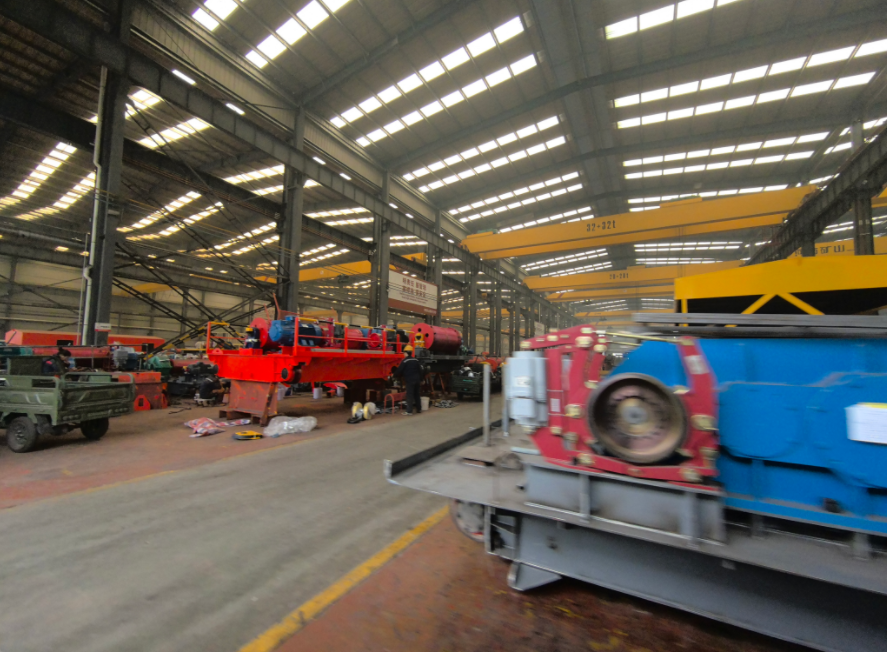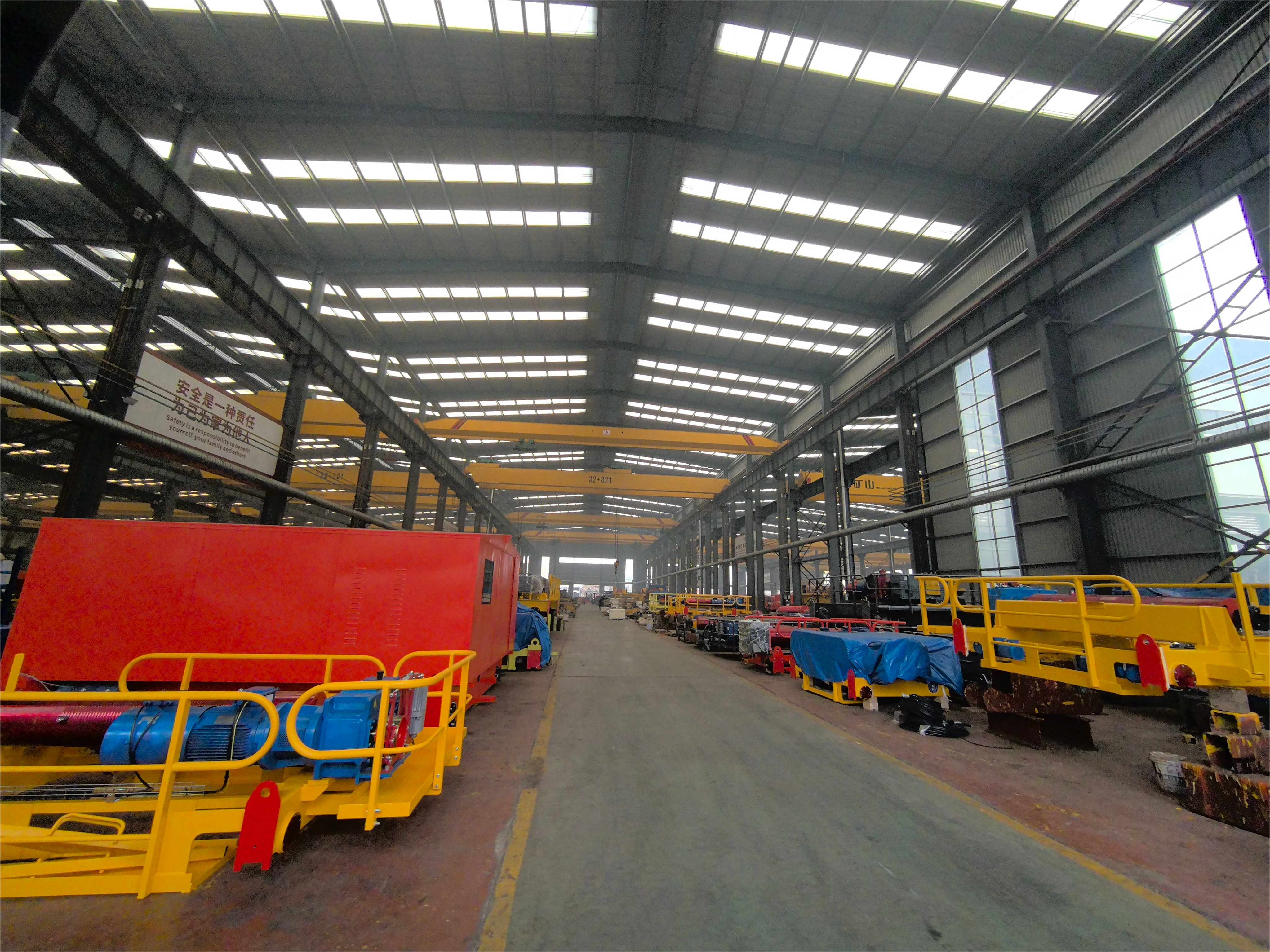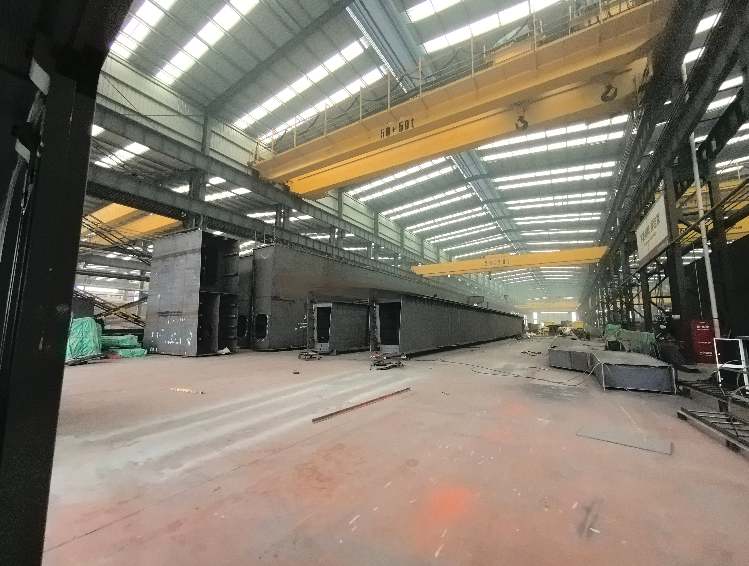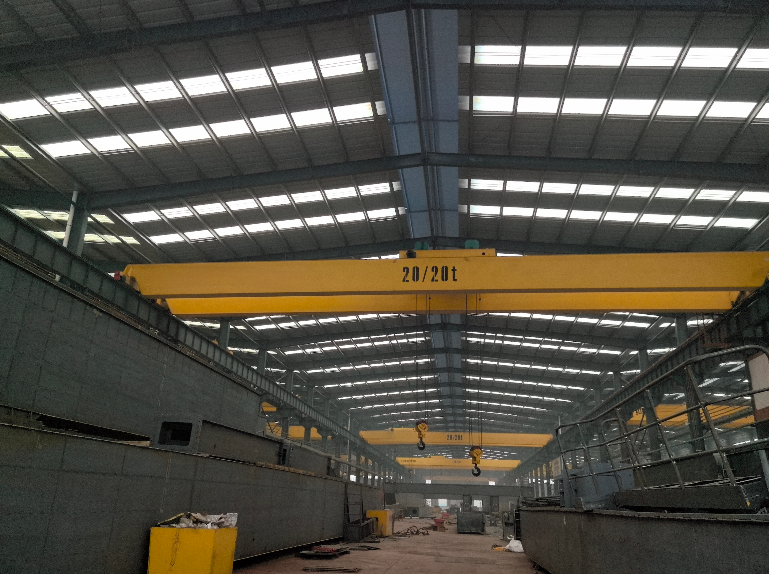The core value of full life cycle management
The full life cycle of a double-beam bridge craneis usually as long as 20-30 years, involving multiple factors such as initial investment, operation and maintenance costs, and safety risks. According to statistics, more than 60% of the total cost of equipment is generated during the use stage, and the traditional thinking of "focusing on procurement and neglecting maintenance" has led to a surge in hidden costs. The "5D management model" (Design, Deploy, Diagnose, Develop, Decommission) proposed by Jinghe Crane redefines the industry standard and runs the value of equipment throughout.

Design stage: demand-oriented precise customization
During the design stage of double-beam bridge cranes, Jinghe Crane relies on a digital simulation platform to accurately match customer scenarios:
Load and working condition analysis: Optimize the main beam structure through finite element analysis (FEA), such as the high-temperature deformation-resistant box beam designed for steel companies, which increases its life by 30%;
Intelligent pre-embedding: Integrated sensor interface and communication module to lay the foundation for later status monitoring;
Environmental design: The regenerative braking energy recovery system is adopted, and the actual energy saving is 15%-20%, meeting the requirements of green factory certification.
Case: A car manufacturing plant in Tanzania needs to deploy cranes in a narrow space. Jinghe compressed the end beam width by 12% through modular design, and used variable frequency drive to reduce the start-up impact, achieving dual optimization of "space + energy consumption".

Manufacturing and deployment: quality control and rapid delivery
Jinghe Crane has a national-level intelligent manufacturing demonstration base, and its double-beam bridge crane production line has achieved three major breakthroughs:
Key process automation: robot + visual inspection is used for main beam welding, and the weld qualification rate is 99.98%;
Full traceability: from steel procurement to finished product delivery, each component is assigned a unique ID code to support quality traceability;
Quick response system: standard model inventory + non-standard customized modularization, the delivery cycle is shortened by 40%.
In addition, Jinghe's original "dual-track acceptance system" (factory pre-installation test + on-site linkage debugging) ensures that the equipment is put into use with "zero defects" and avoids the secondary
rectification cost in traditional installation.
Use and maintenance: from passive maintenance to predictive management
The operation and maintenance cost of double-beam bridge cranes accounts for more than 45% of the total life cycle cost. Jinghe reconstructs the management logic through the "intelligent operation and maintenance ecosystem":
Real-time monitoring: built-in vibration, temperature, and load sensors automatically generate health index (HI);
Predictive maintenance: based on machine learning analysis of wire rope wear and motor efficiency attenuation trends, early warning of faults 2-3 months in advance;
Remote support: through AR glasses, experts can provide "first-person perspective" remote guidance, and the efficiency of emergency fault repair is increased by 70%.
Data confirms: After the Russian Port Group introduced the Jinghe system, the annual downtime was reduced by 58% and the spare parts inventory cost was reduced by 35%.

Decommissioning and regeneration: value extension under the circular economy
When the equipment reaches its design life, Jinghe provides a "cascade utilization" solution.
Safety assessment: grade and identify the metal fatigue of the main beam and the aging of the electrical system;
Remanufacturing service: nano-coating is applied to repairable parts (such as drums and gears) to restore the performance to 90% of the new machine;
Resource recovery: unusable parts are disassembled according to environmental protection standards, and the steel recovery rate reaches 98%.
This move not only reduces the cost of customer asset disposal, but also meets the development requirements of ESG (environment, society, and governance).
The management of double-beam bridge cranes should not stop at "usability", but should pursue "easy to use, durable, and economical". Through full life cycle management, Jinghe Crane helps customers increase
the overall equipment efficiency (OEE) to more than 92%, truly realizing "one-time investment, lifelong benefits". In the future, with the advancement of Industry 4.0 and the dual carbon goals, Jinghe will continue to drive industry changes with technological innovation and provide global customers with safer and smarter material handling solutions.


